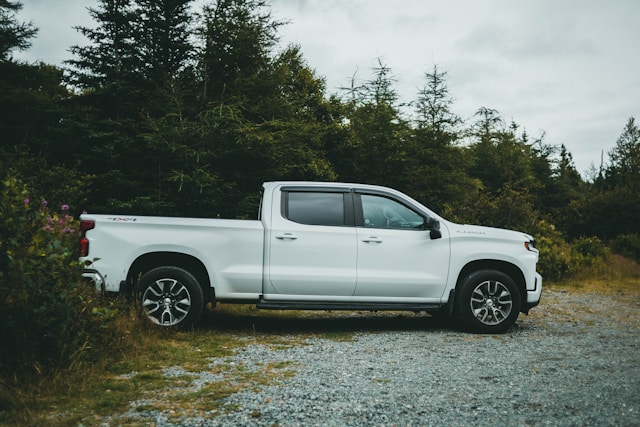Many dirt bike and UTV owners invest in powersports graphics. They want to show their individuality or display their brand image. Designs may be bold and colorful or sedate and classic. Regardless of what a person chooses, they know the decals will enhance the appearance of their ride. However, care must be taken when selecting graphics, as designers and manufacturers must abide by all intellectual property laws. They cannot violate a trademark or licensing agreement. Doing so can be costly.
Contents
Intellectual Property
When a person purchases bold decals by Senge Graphics in kit form, they won’t need to worry about stealing someone else’s intellectual property. The company has already done its research to ensure its products don’t violate any laws. If the design contains a logo, pattern, or slogan protected by copyright or trademark law, the company has obtained permission to use the item in the design. The owner deserves credit and compensation when their design is used in any work. The creator of the design is the only one who can grant this permission. Senge Graphics has obtained this permission so people can buy the graphics with confidence, knowing they aren’t harming the creator by displaying them on their machines.
Licensing Agreement
Many dirt bike riders have sponsors that feature prominently on their rides. The riders enter into licensing agreements with their sponsors, which determine how they can use the sponsor’s logos or branded graphics. The designer for the powersports team is responsible for ensuring compliance with this agreement. Non-compliance may lead to the sponsor leaving the team, which can harm the team and the designer.
Regulatory Compliance
Riders and their teams must also ensure they comply with all regulations regarding vehicle modifications. For example, a rider might find they can’t have graphics that cover any reflective surfaces. Other standards may be in place to ensure the vehicle’s visibility isn’t altered. For example, a rider can’t cover the taillights. Doing so could result in a fine, or the vehicle may not pass inspection. Aesthetics and functionality must be balanced to enhance the machine’s appearance while ensuring its safety and reliability.
Environmental regulations may also be applicable. For example, certain locations may ban the use of volatile organic compounds in vinyl wraps and decals. Manufacturers must be aware of this and ensure their products comply.
Cultural Considerations
Some riders choose to share their heritage with others by using decals with cultural or subcultural themes. They must take care not to offend others in the process. Indigenous designs should only be used with permission, and the user should understand the significance of these themes to avoid accusations of cultural appropriation. They don’t want to damage the brand unintentionally. Consult with cultural representatives or obtain permission before using these designs to avoid potential issues.
Ethical Considerations
Riders should avoid using decals featuring controversial or offensive messages. Doing so may offer some viewers, but it could also lead to legal scrutiny. While people love bold and rebellious designs, they must also be aware of the distinction between thought-provoking and offensive messages to reduce the risk of legal issues.
Creativity is essential when designing powersports graphics. However, designers, distributors, and users must be careful to ensure the graphics comply with all legal requirements. Failing to do so could lead to costly legal issues for all parties. Nobody wants that.




